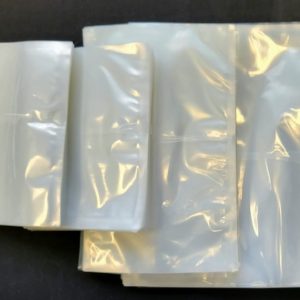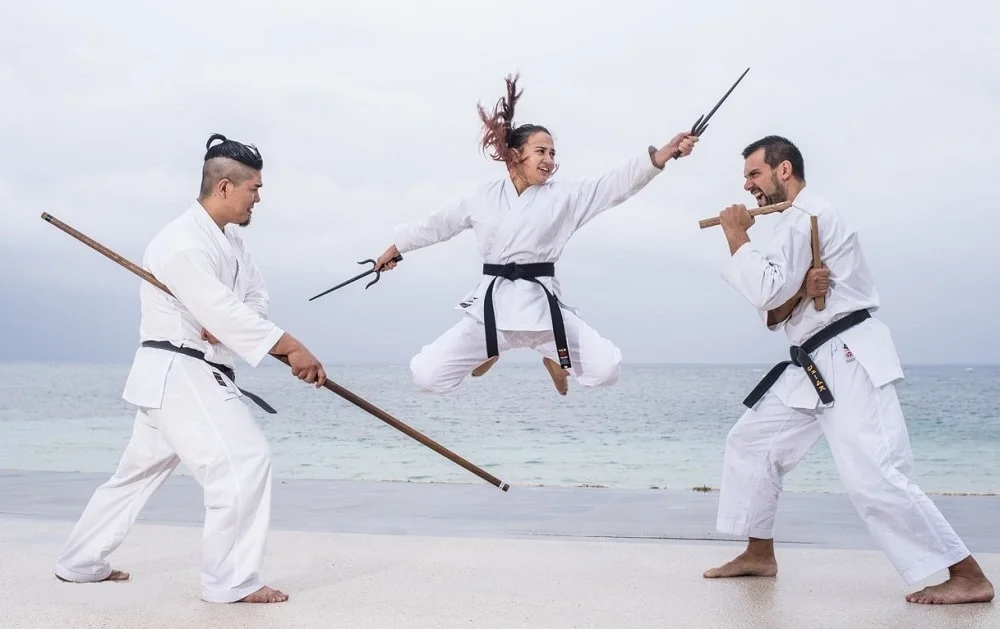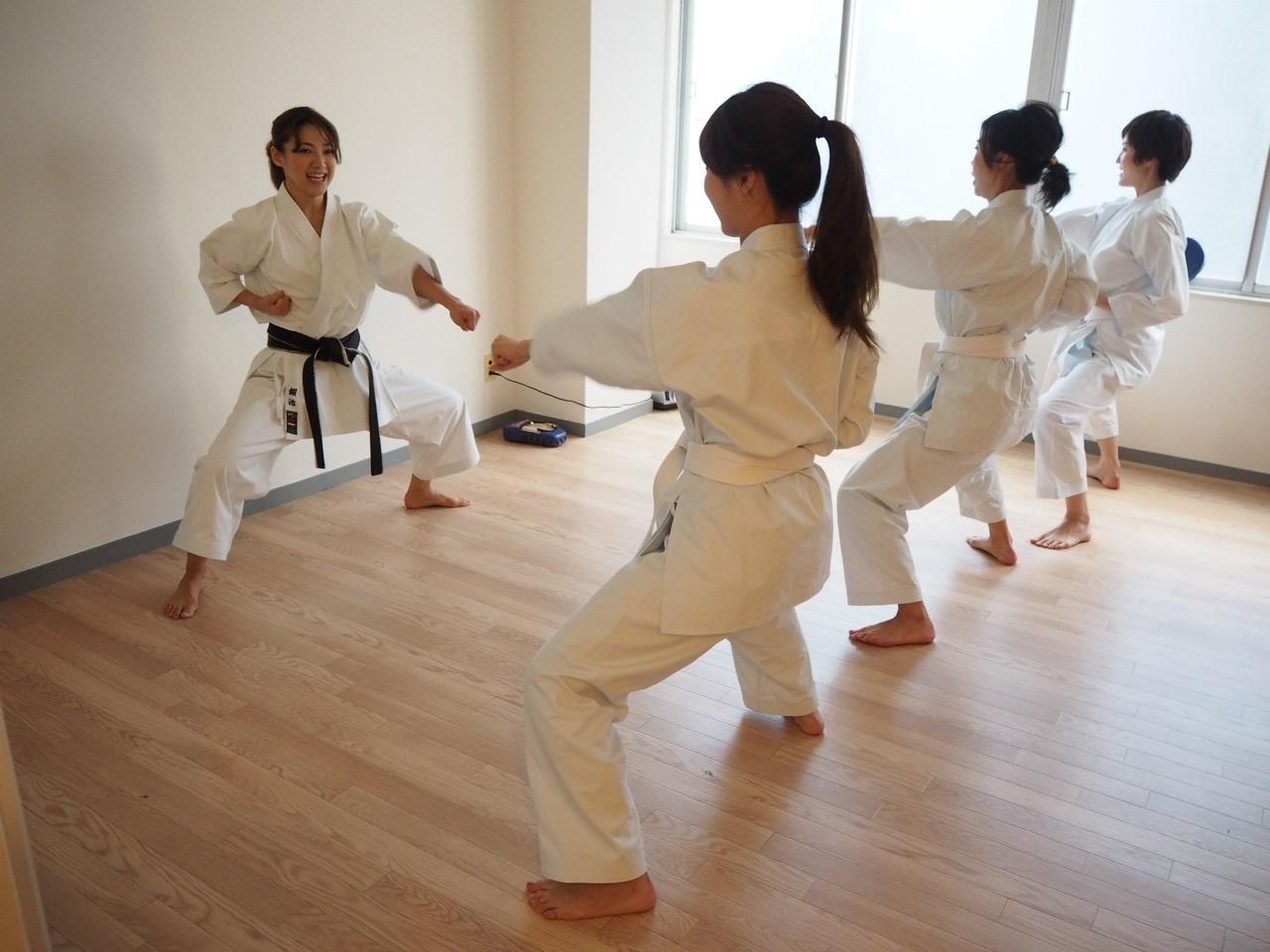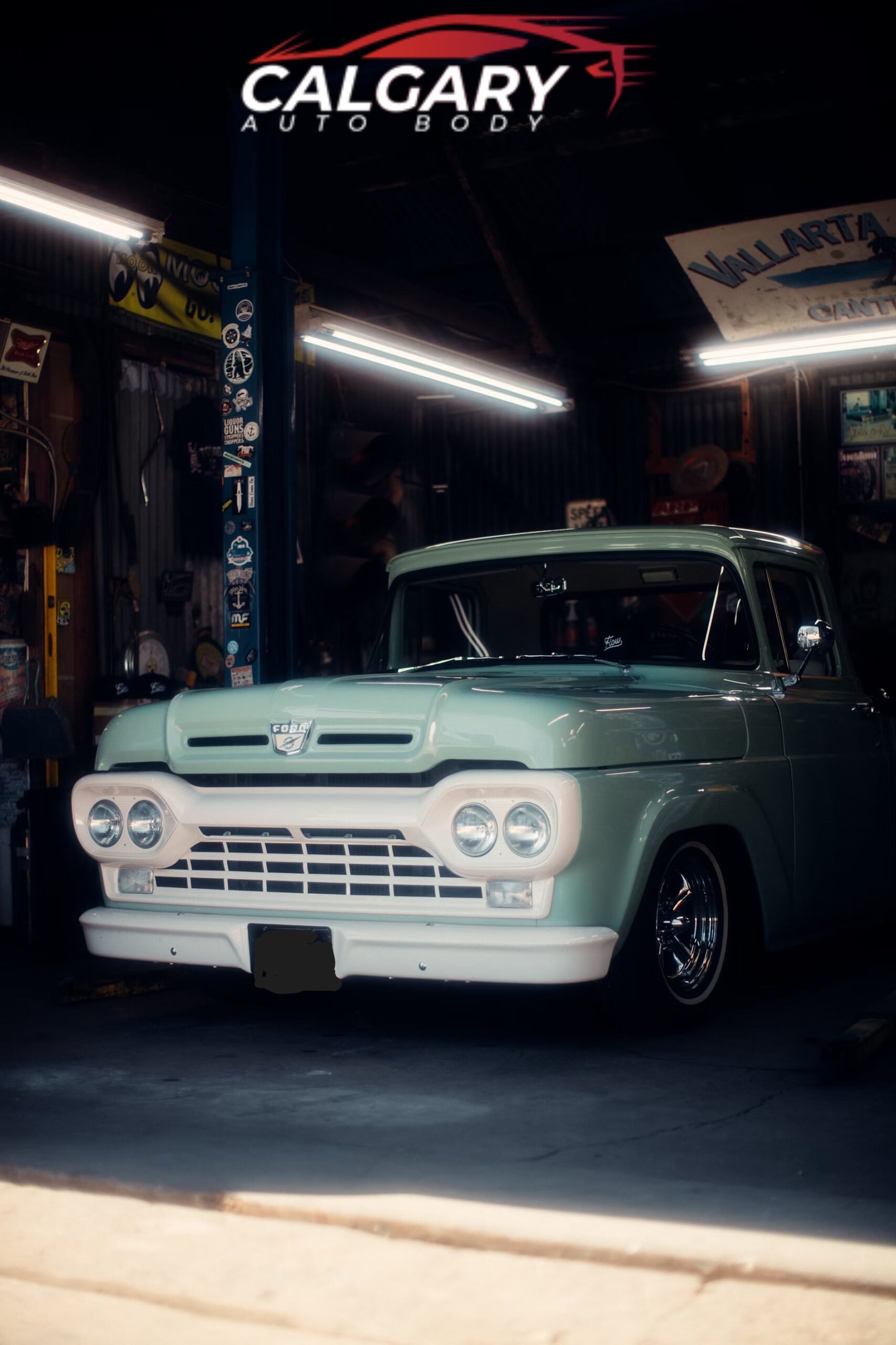Grooming a double-coated dog breed requires special attention and techniques to maintain the health and appearance of their unique coat. These breeds, such as Siberian Huskies, Golden Retrievers, and Samoyeds, have a dense undercoat beneath a longer outer coat. In this article, we will guide you through the step-by-step process of grooming a double-coated dog like a professional, ensuring their coat remains beautiful and healthy.
Understanding Double-Coated Breeds
Double-coated dog breeds have two layers of fur: the soft, dense undercoat and the longer, coarser outer coat. Each layer serves a specific purpose in protecting the dog from temperature extremes and other environmental factors. The undercoat serves as insulation, keeping the dog comfortable year-round. The outer coat provides a barrier against dirt, moisture, and UV rays. However, these dense coats require regular grooming to prevent matting, control shedding, and maintain overall coat health.
Tools You’ll Need
Before you begin grooming your double-coated dog, gather the necessary tools:
- Undercoat rake: This tool helps remove loose hair and tangles from the undercoat.
- Slicker brush: Use a slicker brush with fine, wire bristles to detangle and remove loose fur from the outer coat.
- Wide-toothed comb: This comb is useful for working through any remaining tangles or mats.
- Deshedding tool: A deshedding tool is designed to remove loose fur from the undercoat, reducing shedding.
- Dog-friendly shampoo: Opt for a mild, hypoallergenic shampoo specifically formulated for dogs.
- Towels and hairdryer: These will be needed for drying your dog’s coat after bathing.
- Nail clippers: Select nail clippers that are suitable for your dog’s nail size.
- Styptic powder: This powder helps stop bleeding in case you accidentally cut your dog’s nails too short.
- Treats: Keep some tasty treats on hand to reward your dog’s cooperation during the grooming process.
Step-by-Step Guide to Grooming a Double-Coated Dog Breed
Now, let’s explore the step-by-step process of grooming a double-coated dog breed:
Brushing and Detangling
Start by thoroughly brushing your dog’s coat to remove any tangles or mats. Follow these guidelines:
- Begin with the undercoat rake, working through the fur in the direction of hair growth. Gently rake through the dense undercoat, focusing on one section at a time.
- Pay extra attention to areas prone to matting, such as behind the ears, armpits, and tail.
- Once you have addressed the undercoat, use the slicker brush to work through the outer coat. Brush gently and briefly in the direction of hair growth. Avoid using too much pressure as it might be uncomfortable.
- Use the wide-toothed comb to comb through the coat, ensuring all tangles and mats are completely removed.
Bathing
Bathing a double-coated dog should be done sparingly to preserve the natural oils in their coat. Follow these steps:
- Thoroughly wet your dog’s coat with warm water. Avoid spraying water directly into their face to prevent discomfort.
- Dilute the dog-friendly shampoo according to the instructions and lather it into the coat, focusing on the areas that need extra cleaning such as the paws and belly. 3. Gently massage the shampoo into the coat, working from the neck to the tail. Take care not to tangle or mat the fur during the process.
- Rinse the coat thoroughly with warm water, ensuring all shampoo residue is removed.
- Use towels to gently pat the coat dry. Avoid vigorous rubbing, as it can cause tangling or matting.
- If your dog is comfortable with it, you can use a hairdryer on a low heat setting to further dry the coat. Keep the dryer at a safe distance and continuously move it to prevent overheating.
Nail Trimming
Regular nail trimming is crucial for your dog’s comfort and to prevent nail-related issues. Follow these guidelines:
- Hold your dog’s paw gently but firmly.
- Identify the quick—the pink part inside the nail that contains blood vessels and nerves. Be cautious not to cut into the quick, as it can cause bleeding and pain.
- Trim a small portion of the nail at a time, using nail clippers suitable for your dog’s size. If in doubt, it’s better to trim less.
- If you accidentally cut into the quick and bleeding occurs, apply styptic powder to stop the bleeding.
Regular Maintenance
Maintaining your dog’s coat between grooming sessions is essential.
- Brush your dog’s coat at least once or twice a week to prevent matting and keep the fur in good condition.
- Pay attention to seasonal shedding. During shedding seasons, use a deshedding tool to remove loose fur from the undercoat.
- Monitor your dog’s coat for any signs of skin issues, such as redness, rashes, or dryness.Consult your veterinarian if you spot anything out of the ordinary.
Professional Grooming
While regular at-home grooming is crucial, it’s also recommended to take your double-coated dog to a professional groomer occasionally. A professional groomer has experience and expertise in handling and grooming these specific breeds. They can trim the coat evenly, provide specialized treatments, and address any specific grooming needs your dog may have.
Conclusion
Grooming a double-coated dog breed requires specialized techniques and tools to maintain their unique coat. By following the step-by-step guide provided in this article, you can groom your dog like a professional, ensuring their coat remains healthy, tangle-free, and beautiful. Regular brushing, bathing, nail trimming, and occasional visits to a professional pet spa for dog grooming will keep your double-coated dog looking their best. With proper care and attention, your furry friend will showcase a magnificent coat that reflects their health and vitality.
You might like to read: The Benefits of Hiring a Nanny with Specialized Skills











